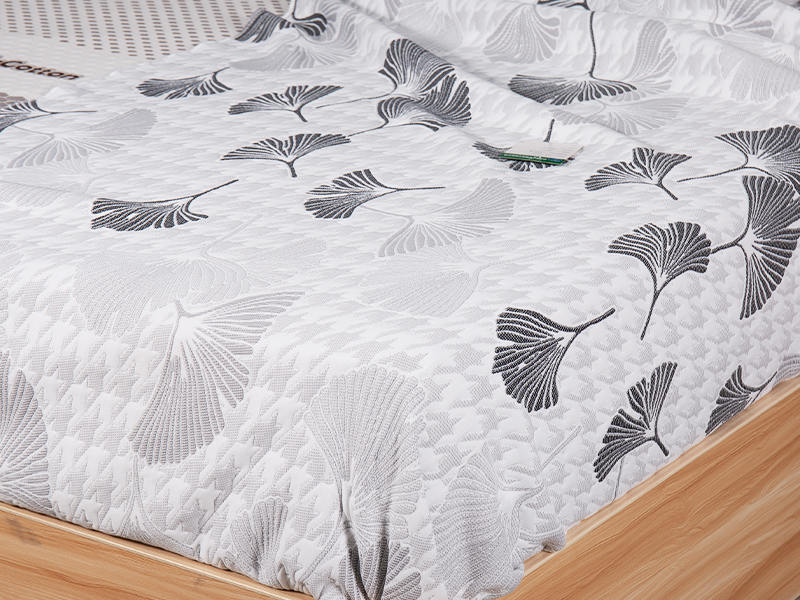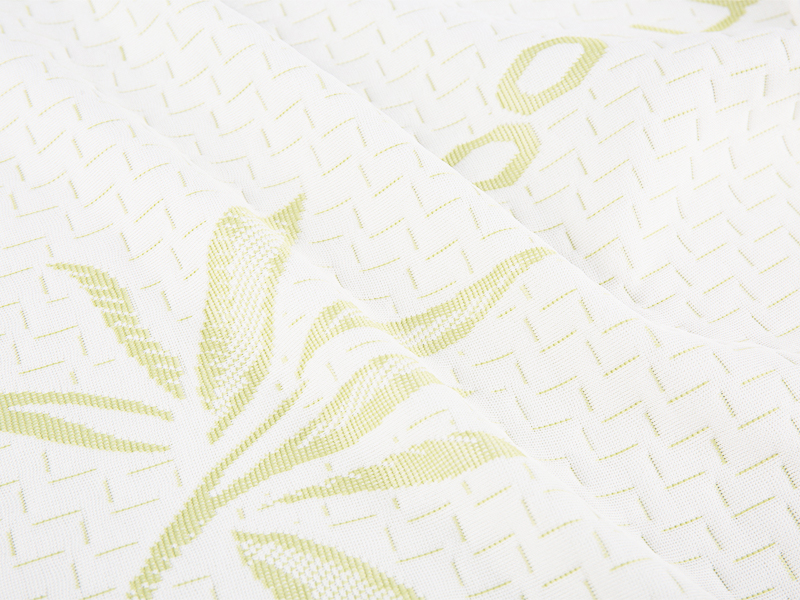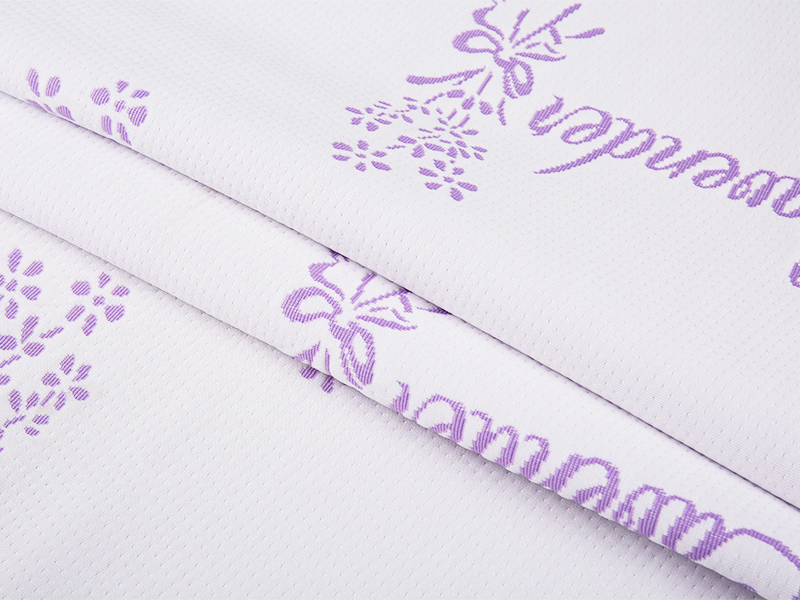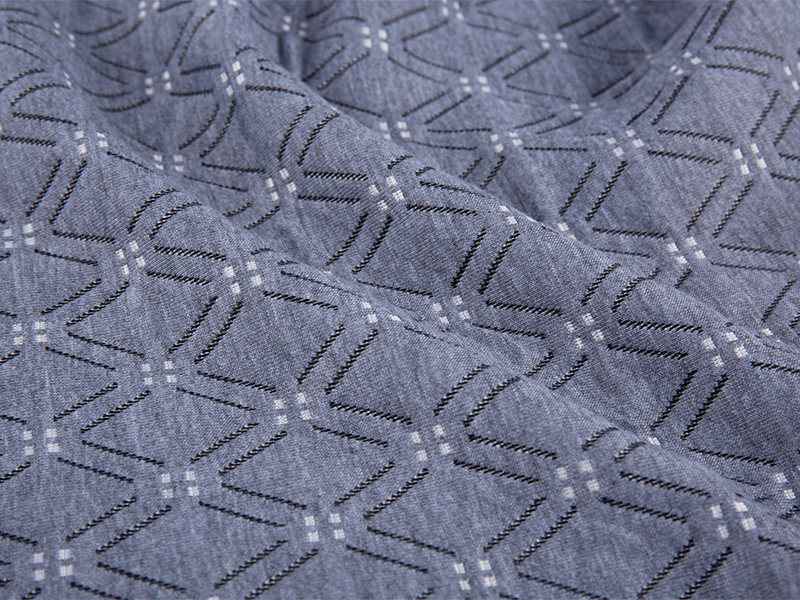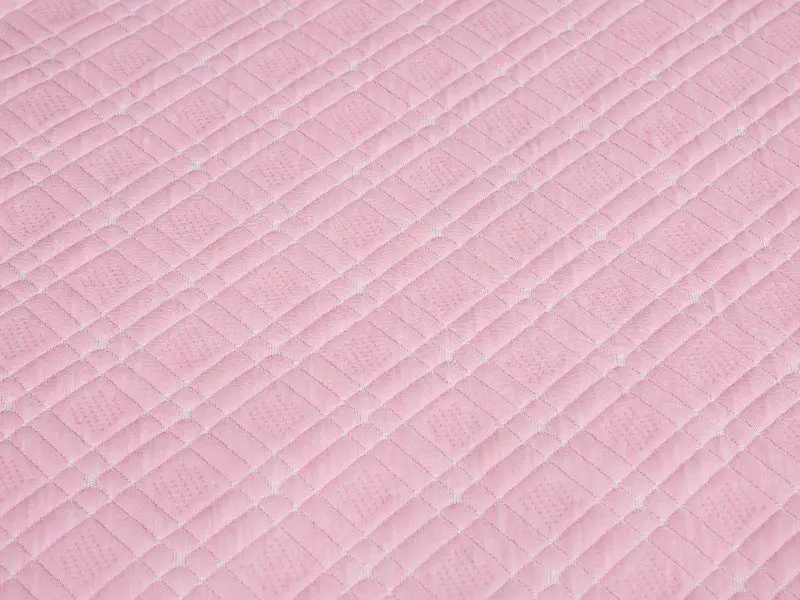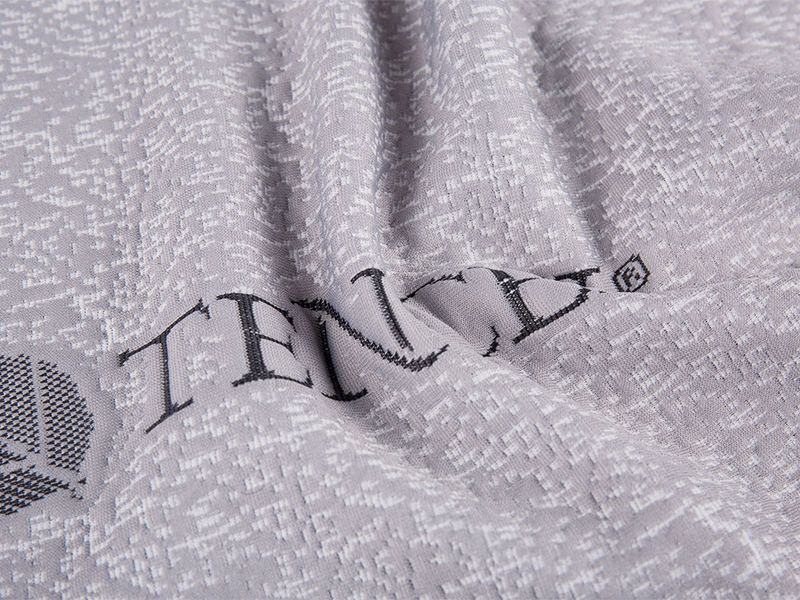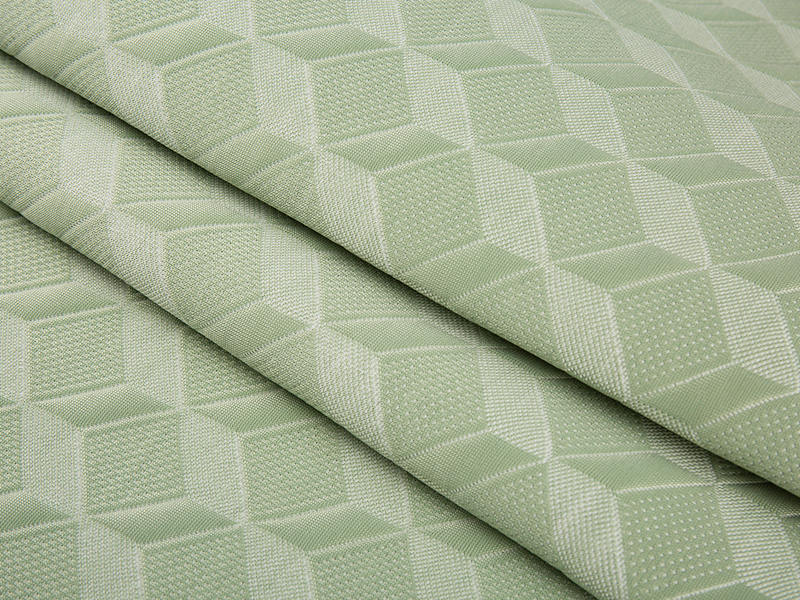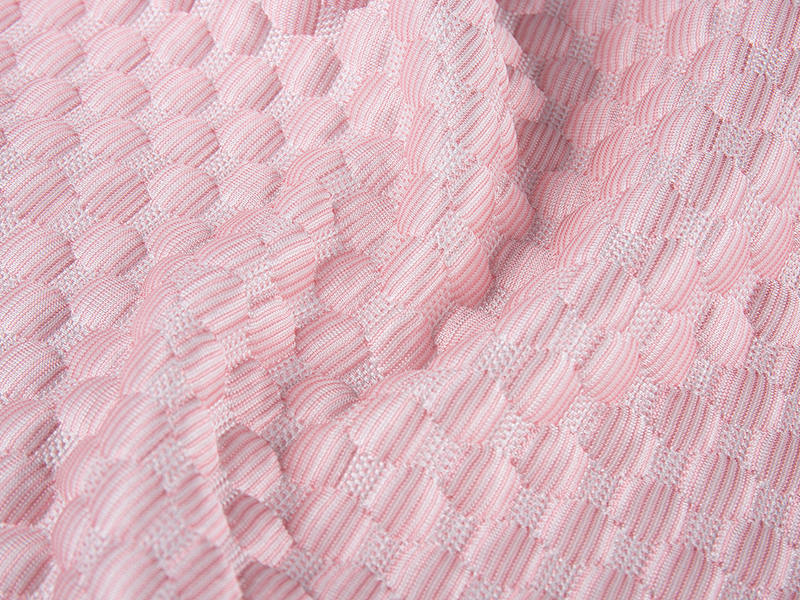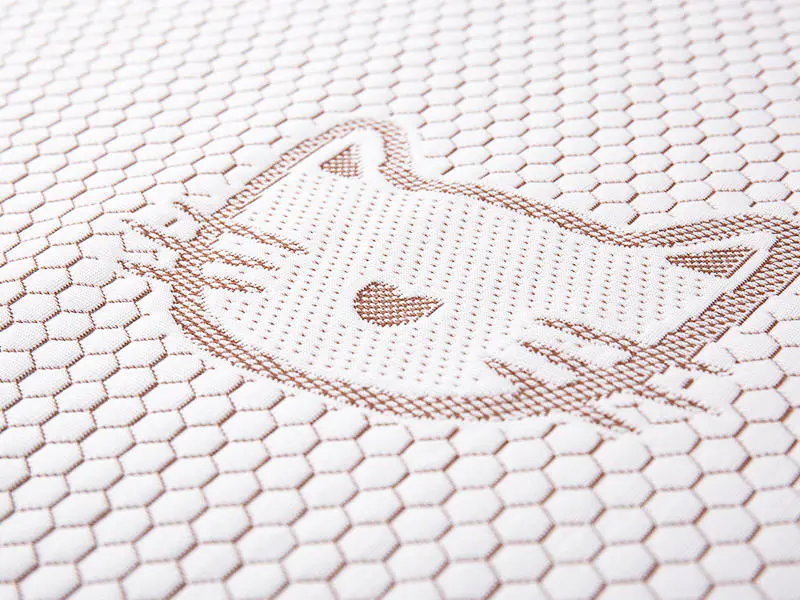When selecting a mattress, most consumers focus on firmness, support, and cooling technologies. However, the mattress fabric covering the sleep surface plays an equally critical role in comfort, durability, and overall sleep experience. A key metric for evaluating this fabric is its GSM, or Grams per Square Meter. This article will provide a comprehensive look at how GSM influences mattress quality, helping you make a more informed purchase decision.
What is GSM in Mattress Fabric?
GSM is a standardized measurement that indicates the weight and, by proxy, the density of a fabric. In the context of mattresses, a higher GSM generally signifies a thicker, denser, and often more durable fabric. Understanding GSM is fundamental because the mattress fabric is your direct point of contact with the mattress; its quality dictates feel, breathability, and how well the mattress cover will withstand years of use.
- Definition: GSM stands for Grams per Square Meter. It is calculated by weighing a one-meter-by-one-meter square of the fabric.
- Significance: Unlike thread count, which can be misleading, GSM is a more reliable indicator of fabric substance and quality.
- Application: GSM is used to specify the weight of all types of mattress fabric, from simple knits to complex jacquards and ticking.
How GSM Affects Mattress Feel and Durability
The GSM of your mattress fabric directly correlates with the mattress's tactile feel and its long-term resilience. This is a crucial consideration for anyone wondering, what is the best fabric for a mattress? The answer often lies in finding the right balance of GSM for your specific needs.
- Low GSM (200-300): Feels lightweight and breathable but may be less durable and more prone to pilling or tearing.
- Medium GSM (300-400): Offers a good balance of comfort and durability, suitable for most residential uses.
- High GSM (400+): Provides a plush, luxurious feel and superior resistance to wear, making it ideal for high-use scenarios.
GSM and Durability Comparison
The following table illustrates how different GSM ranges typically perform in terms of durability and recommended use. This is particularly important when evaluating durable mattress fabric types for long-term investment.
| GSM Range | Durability Level | Ideal Use Case |
| 200 - 300 | Standard | Guest bedrooms, low-use environments |
| 300 - 400 | Good | Primary bedrooms, everyday use |
| 400 - 500 | High | Primary bedrooms, luxury models |
| 500+ | Very High | Commercial settings (hotels, healthcare) |
Choosing the Right GSM for Different Mattress Types
Not all mattresses are created equal, and the ideal mattress fabric GSM can vary depending on the mattress's core construction. This is a key part of understanding how to choose mattress fabric that complements the mattress's intrinsic properties.
- Memory Foam Mattresses: Often pair well with medium to high GSM fabrics (350-450) to complement their contouring feel with a substantial, durable cover.
- Innerspring Mattresses: Can work with a wider range, but a medium GSM (300-380) is common to balance breathability with quilted comfort.
- Hybrid Mattresses: Typically use medium-high GSM fabrics (370-450) to match the premium nature of their combined foam and coil systems.
- Latex Mattresses: Benefit from a high GSM (400+) and often use organic or natural fabrics that are inherently heavier and more robust.
Breathable Mattress Fabrics and GSM
While a high GSM often indicates luxury, it must be balanced with breathability. This is where the relationship between GSM and material becomes critical. For those seeking breathable mattress fabrics, the type of fiber is as important as its weight.
- Cotton: Naturally breathable. A high-GSM cotton can be both substantial and cool.
- Bamboo-Derived Rayon: Excellent moisture-wicking properties. Often found in medium GSM ranges for a cool, silky feel.
- Wool: A natural temperature regulator. High GSM wool blends are used in premium, climate-balancing mattress covers.
- Polyester: Varies widely. High-performance, breathable micro-denier polyesters can be engineered at various GSM levels for durability and cooling.
Beyond GSM: Other Crucial Fabric Properties
While GSM is a vital metric, it's not the only factor determining mattress fabric quality. A holistic view that includes other properties is necessary to fully answer the question, what is the best fabric for a mattress?
- Fiber Type: Natural fibers (cotton, wool) offer breathability, while synthetics (polyester) provide wrinkle-resistance and durability.
- Weave and Construction: Ticking, jacquard, and knit constructions all offer different aesthetics, stretch, and breathability at the same GSM.
- Finishes and Certifications: Look for certifications like Oeko-Tex Standard 100, which ensures the fabric is free from harmful substances, a standard that Hangzhou Xiaoshan RongLi Clothing Co., Ltd. meets for its products.
Fiber Type Comparison at Similar GSM
This table compares common mattress fabric fibers, assuming a similar medium GSM range (300-350), to highlight their differing characteristics beyond just weight.
| Fiber Type | Breathability | Moisture-Wicking | Durability |
| Cotton | High | Medium | Good |
| Bamboo Rayon | Very High | Very High | Medium |
| Polyester | Low to Medium | Low | Very High |
| Wool | High | High | Good |
The Role of a Professional Fabric Manufacturer
Consistent quality in mattress fabric is achieved through advanced manufacturing and rigorous quality control. Companies with a long history, like Hangzhou Xiaoshan RongLi Clothing Co., Ltd., which was established in 1989, integrate design, production, and R&D to create fabrics that meet specific GSM and performance benchmarks. Their use of imported weaving machinery and adherence to international certifications like ISO9001 and Oeko-Tex Standard 100 ensures that the mattress fabric quality is reliable and safe for consumers worldwide.
- Expertise: Decades of experience allow for the refinement of fabric construction and finishing processes.
- Technology: Investment in modern machinery from countries like Germany and Italy enables the production of consistent, high-quality jacquard, printed, and knitted fabrics.
- Global Standards: Compliance with REACH and Oeko-Tex Standard 100 certifications is essential for exporting to discerning markets in Europe, America, and Asia, ensuring products are not only durable but also healthy and environmentally responsible.
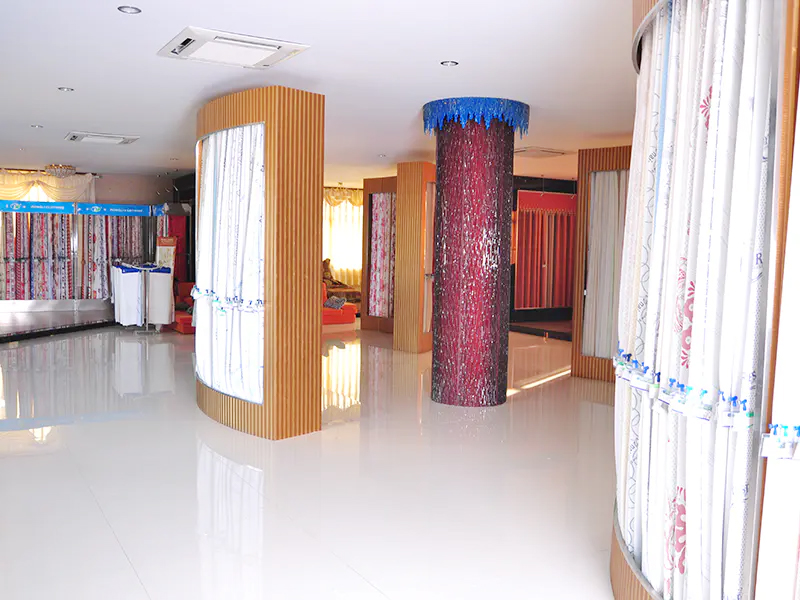
FAQ
What is a good GSM for a mattress?
A good GSM for a residential mattress typically falls between 300 and 400. This range offers an excellent balance of comfort, durability, and breathability for nightly use. Mattresses below 300 GSM may feel thin and wear out faster, while those above 400 GSM offer a more premium, plush feel suited for luxury models or higher-use situations.
Is a higher GSM always better for mattress fabric?
Not necessarily. While a higher GSM often indicates a denser, more durable fabric, it must be matched with the right fiber and weave to maintain breathability. A very high-GSM fabric made from a non-breathable material could trap heat. The "best" GSM is one that aligns with your comfort preferences, the mattress type, and your climate.
How does mattress fabric affect sleep temperature?
Mattress fabric is your first line of defense against sleeping hot. Breathable mattress fabrics like cotton, bamboo-derived rayon, and certain high-tech polyesters promote airflow and wick moisture away from the body. The fabric's GSM also plays a role; a very dense, high-GSM fabric without breathable properties can inhibit airflow and contribute to heat retention.
What is the most durable type of mattress fabric?
When considering durable mattress fabric types, high-performance polyesters and tightly woven cotton or cotton-blend tickings are among the most resilient. Durability is a combination of the fiber's inherent strength, the fabric's GSM (with higher GSM generally being more durable), and the tightness of the weave. Fabrics from reputable manufacturers like Hangzhou Xiaoshan RongLi Clothing Co., Ltd. are engineered for durability to withstand the stresses of long-term use.
How can I tell if my mattress fabric is high quality?
Assessing mattress fabric quality involves a few checks. First, feel the fabric; it should be substantial, not thin or flimsy. Look for a tight, consistent weave without loose threads. Check for certifications like Oeko-Tex Standard 100, which indicates the fabric is free from harmful chemicals. Finally, inquire about the GSM or fabric specifications from the manufacturer or retailer, as this provides a concrete measure of its density and weight.


